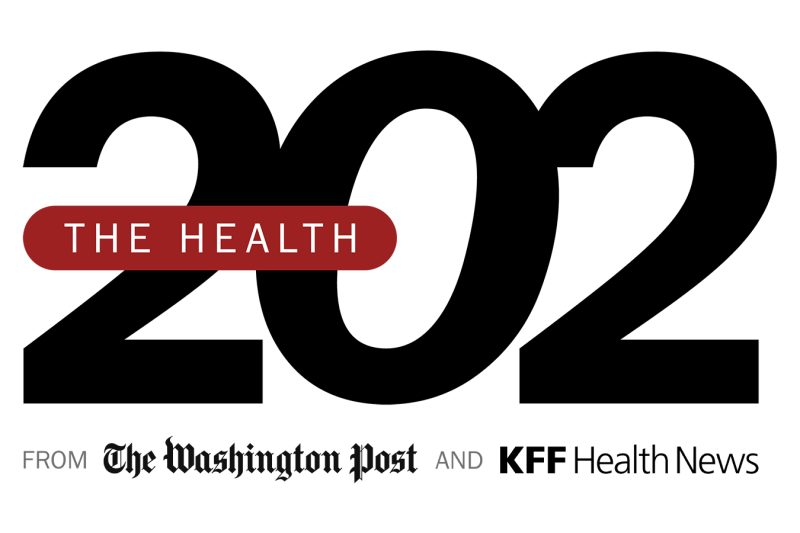Biden Administration Nibbles at the Maternal Health Crisis

Choosing where to give birth typically comes down to what hospital is most convenient to your home, where your obstetrician practices and your insurance company’s provider network.
Now, the Biden administration has given expectant parents another factor to consider: whether their hospital has won the government’s new “birthing friendly” designation.
But don’t worry — a birthing-friendly hospital won’t be hard to find: Most U.S. facilities that deliver babies won the designation, according to Centers for Medicare and Medicaid Services and March of Dimes data. And that raises some questions about the rigor of the administration’s tests for the designation. “I guess this is a good first start, but it’s a quite weak standard,” said Kathleen Simpson, editor in chief of the American Journal of Maternal/Child Nursing.
In the D.C. area, most major hospitals and health systems that offer maternity care made the list, including Georgetown University Hospital, George Washington University Hospital, Howard University Hospital, Sibley Memorial, MedStar Washington Hospital Center and Inova Health System.
The U.S. has far higher maternal and infant mortality rates than similar large and wealthy countries, especially for people of color — and the problem has gotten worse in recent years. In addition, the Supreme Court’s decision in 2022 to overturn Roe v. Wade has increased barriers to abortion in many states, putting even more pressure on the feds to improve maternal and infant health. The White House has made the crisis a priority, with Vice President Harris leading the government’s response.
While the administration has said it’s attacking the problem on several fronts, the birthing-friendly designation is one of the more visible efforts for consumers.
The Biden administration has also successfully pushed states to offer pregnant women continuous coverage under Medicaid, the insurance program for low-income people, for up to a year after delivery. So far, the administration has approved postpartum coverage extensions for 39 states and D.C. Medicaid pays for about 4 in 10 U.S. births.
To get the birthing-friendly designation, announced Nov. 8, hospitals merely had to attest they participate in a state or national quality collaborative and attest to adhering to “evidence-based care.”
“That is the lowest bar that they could have set,” Simpson said. “It doesn’t measure anything.”
Simpson had hoped CMS would use nurse staffing ratios in maternity or neonatal units to help consumers differentiate among hospitals.
“I’m pleased to see things happening but the designation is not something that is going to make a difference,” she said.
Erin Jones, director of legislative and strategic counsel at the March of Dimes, called the birthing designation a “positive first step.”
She said that persuading hospitals to participate in quality-improvement collaboratives isn’t always easy. The designation, she said, may put pressure on hospitals that aren’t engaged in quality improvement in maternity care to get started.
A CMS spokesperson said 66 percent of about 3,100 hospitals that report data to a federal quality review program won the designation. But the spokesperson couldn’t say how many of the 3,100 provide obstetric care. Some hospitals nationwide — especially in rural areas — have recently shuttered their labor and delivery units.
“It looks like every hospital got the designation, or very close to it,” Simpson said.
This article is not available for syndication due to republishing restrictions. If you have questions about the availability of this or other content for republication, please contact NewsWeb@kff.org.








